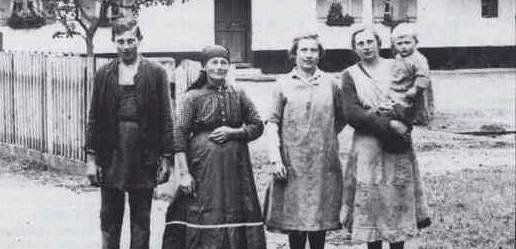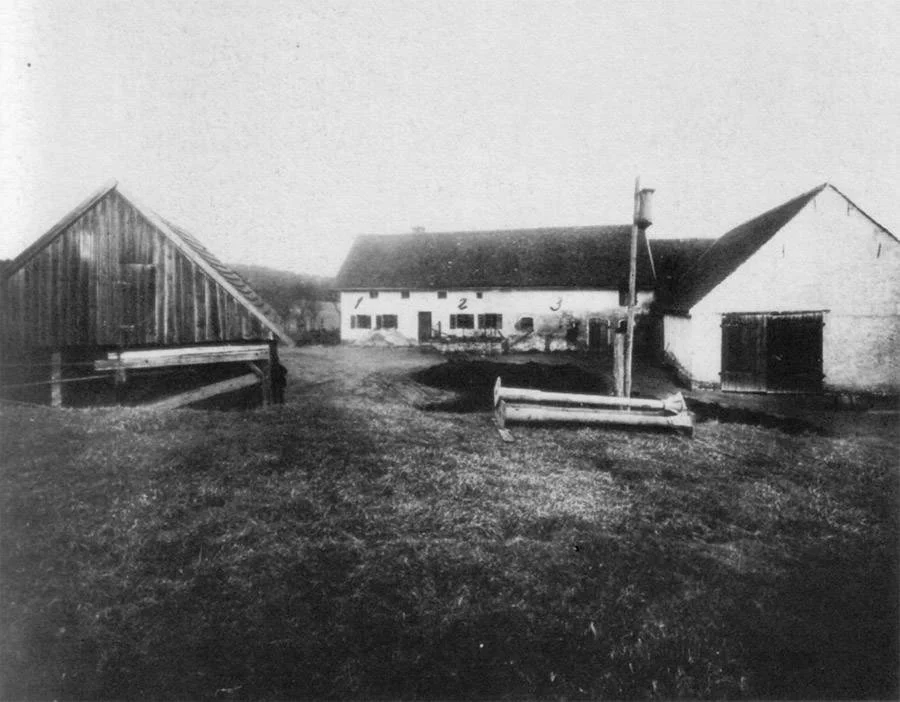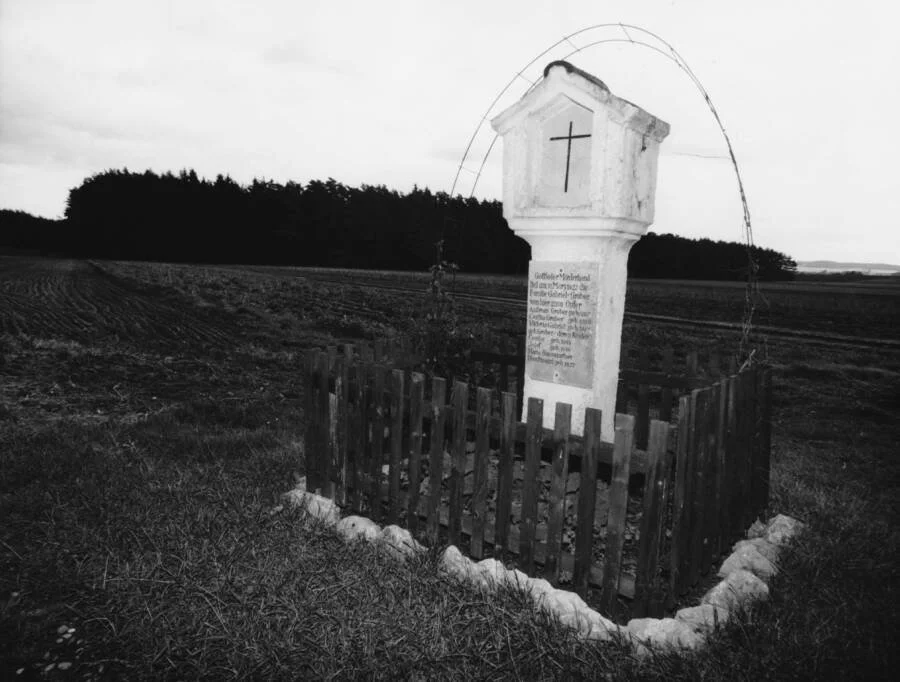HINTERKAIFECK
THE CASE
If one search online for lists of infamously unsolved mysteries, they are probably a true crime fan (this writer included). The tales are gruesome, heartbreaking, and beg the words “if only…” Yet, people are drawn to these stories because the line between the mundane and the horrific is uncomfortable thin. Why did it happen to them? Why did it happen at all?
The mysteries are rarely solved, not for lack of trying, but because time erodes the past. However, the memories linger, becoming history when shared forward from generation to generation. Such is the case with a story that is more-likely-than-not to appear on true crimes lists, podcasts, articles, etc. It is the story of Hinterkaifeck.
In the 1920s in rural Bavaria, on a small farmstead known as Hinterkaifeck, a family of five and their maid were ruthlessly killed in the dead of night. Some victims were found meticulously placed within the family’s barn, while the maid and (adding even more tragedy) the infant son were discovered lifeless in the house. Clues were practically nonexisteent and motives abounded, a dangerous mix that led to accusations soaring.
Who would do this? Adding further confusion is the evidence that was found: food left out on the kitchen table, a warm hearth, a newspaper, straw in the attic with a human indentation, fully fed and cared for livestock. Did the murderer live in the house after the deeds were done (most assuredly) and did they live there even before (quite speculative)? Why did the family report oddities around the homestead in the weeks leading up to the murders, such as equipment going missing and footprints in the snow on a one-way trajectory from the woods to the house?
Despite these lingering questions, the truth has never been convincingly uncovered. And this is likely why the story is so persistent through the passing decades. Will we ever know what happened at Hinterkaifeck?
THE OPERA
I first discovered this story several years ago. Like most true crime stories, I was both horrified and curious. Who did it? Why? I quickly realized that these questions are highly likely to never be answered, but the more I read about the Gruber-Gabriel family’s backstory, the more I came to view their dynamic as the true tragedy. An idea formed from wondering how someone could create a horror opera. The concept was tabled for many years, until I began my doctoral studies at the University of Arizona School of Music.
With a focus on opera theatre, I decided that this was the time to make the project a reality. When approaching the libretto, several changes were made for practical and theatrical reasons. However, I wanted to stay as close to the actual events as possible. “The truth is stranger than fiction” applies here in spades, so much so that changes were made to make the plot more believable by an audience. Libretto: Maria Baumgartner arrives several months before the murders. History: Maria Baumgartner arrived the same day as the murders took place. And the name of the maid before her? Maria. The story we are sharing is a fictionalized speculation of what took place at Hinterkaifeck when only the family and their maid where there to witness it. I highly recommend exploring the below site where numerous internet detectives have pieced together countless documents and timelines. The archive is a deep dive into what the collective mind of the internet can form together:
Hinterkaifeck.net Link (If you are not fluent in German, the site will need translated).
THE CAST
(In order of appearance)
Topher Esguerra – Lorenz Schlittenbauer
Stefan Vikingur – Michael Poell
Ollie Larkin-Smith – Jakob Sigl
Clarissa Smith – Viktoria Gabriel
Kassidy Smith – Cäzillia Gruber
Katheryn Cooper – Lilia Gabriel
Brigitta Petty – Maria Baumgartner
Jared Peterson – Andreas Gruber
Jordyn Morris – Anna Dick
Troy Adams – Chorus
Elena Ortiz – Chorus
THE CREW
Keenan Dolan – Stage and Technical Director
J. Alex Bennett – Music Director
Tessa Crabtree – Stage Manager
Lexy Scott – Production Designer
Griffin Law – Electronics Technician
Aysen Milliogullari – Intamicy Workshop Presenter
Hunter Hnat – Fight Choreographer
ACKNOWLEDGEMENTS
As with all works of theatre, there is a litany of contributors who made this opera possible. Our deepest thanks goes to Cynthia Stokes, our faculty advisor, who turned the show from an idea into a production, and to Professor Daniel Asia for his invaluable composition input. We also thank Carson Scott, Reid Davis, Chris Allen, Sally Day, Todd Poelstra, and the entire production team for the resources and guidance throughout the process. We also send a special thank you to Dr. Lori Wiest for their support of projects like this. We also would like to thank the Medici Scholarship Program and donor Vincent Immordino for providing a significant portion of funding, and Centennial Hall and Catalina United Methodist Church for allowing us the use of their equipment and furniture.
CREDITS
Research Resources:
Chilvers, Edward. Footsteps in the Attic. Self-published. Kindle eBooks, 2016.
Houlihan, Patrick J. Catholicism and the Great War. Cambridge: Cambridge University Press, 2015.
Watson, Alexander. Ring of Steel. New York: Basic Books,
Sound Files Attributions:
Waidhofen church bells audio courtesy of arnoldusglocke (https://www.youtube.com/watch?v=bvDP3BjrhbQ&t=1s)
Various Birds (europe/germany) singing in the Morning (filtered) by y.t. -- https://freesound.org/s/270370/ -- License: Creative Commons 0
20170410 - Wind through trees Eibsee short.wav by LG -- https://freesound.org/s/393924/ -- License: Attribution NonCommercial 4.0
crickets chirping in the field on summer evening by Garuda1982 -- https://freesound.org/s/642761/ -- License: Attribution 4.0
Ice cracking and popping.wav by Cally06 -- https://freesound.org/s/365239/ -- License: Attribution NonCommercial 3.0
Wood_Creak_02.wav by dheming -- https://freesound.org/s/177779/ -- License: Attribution 4.0
Old Clock (ticking) - Clean Sound by rfmfilm -- https://freesound.org/s/275132/ -- License: Attribution 4.0



